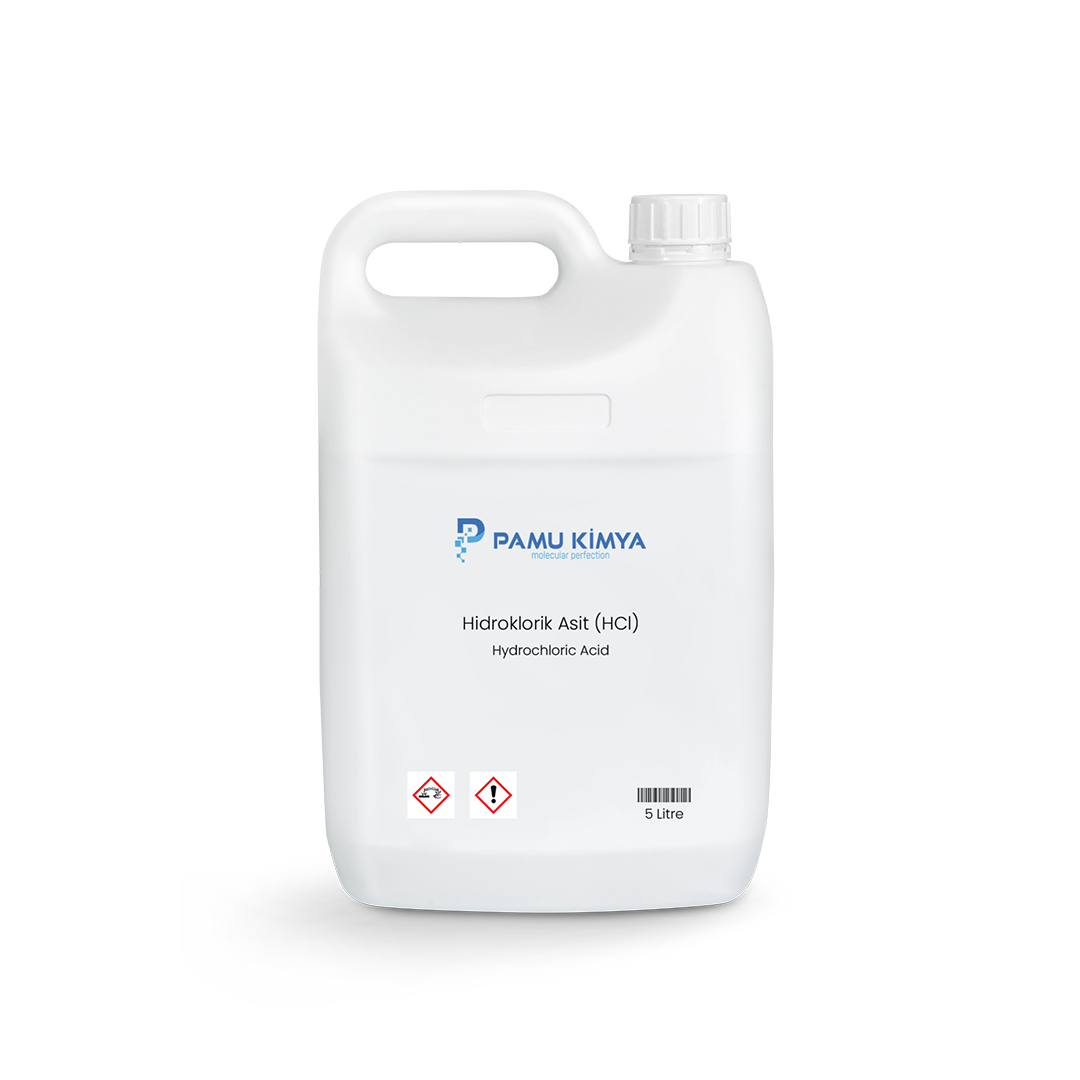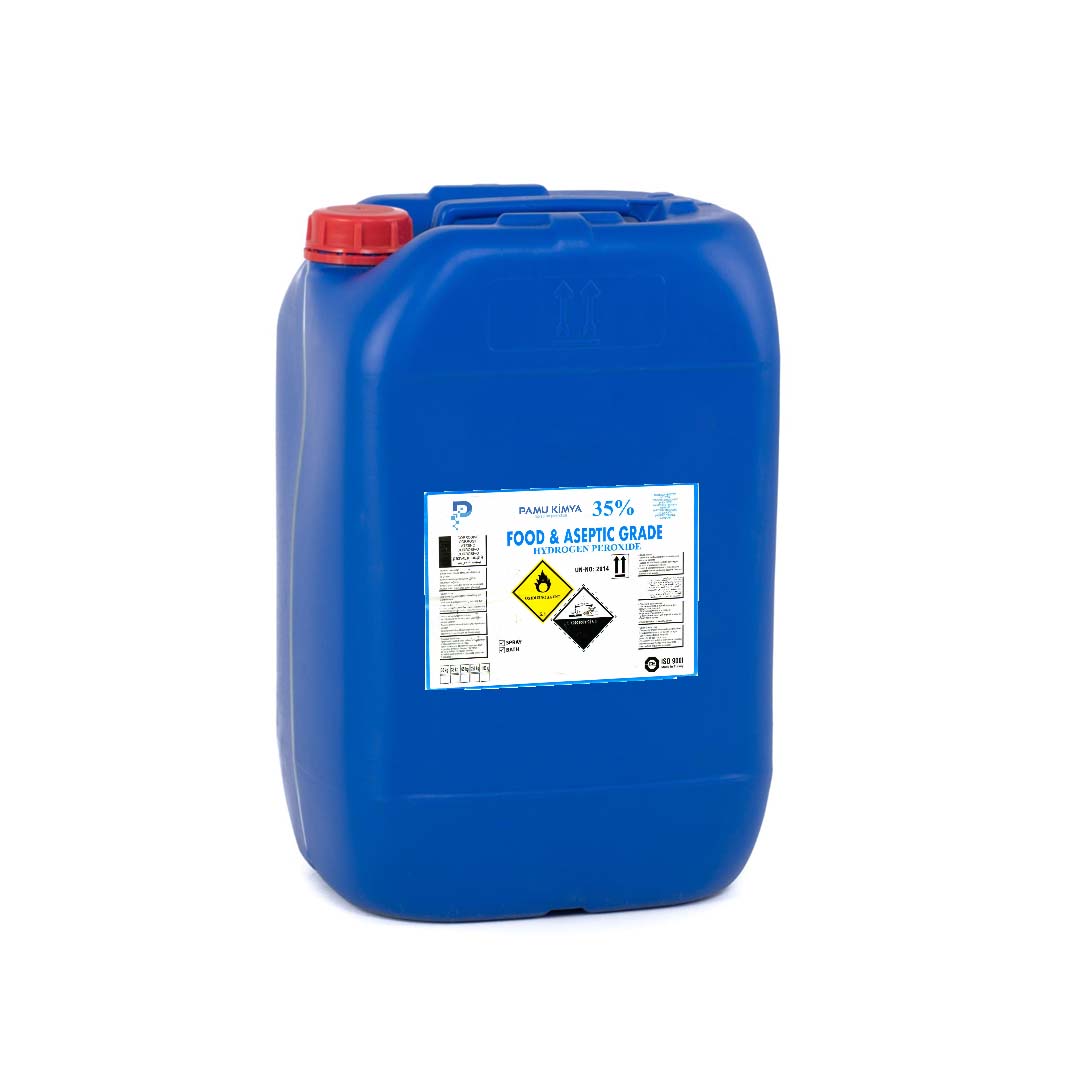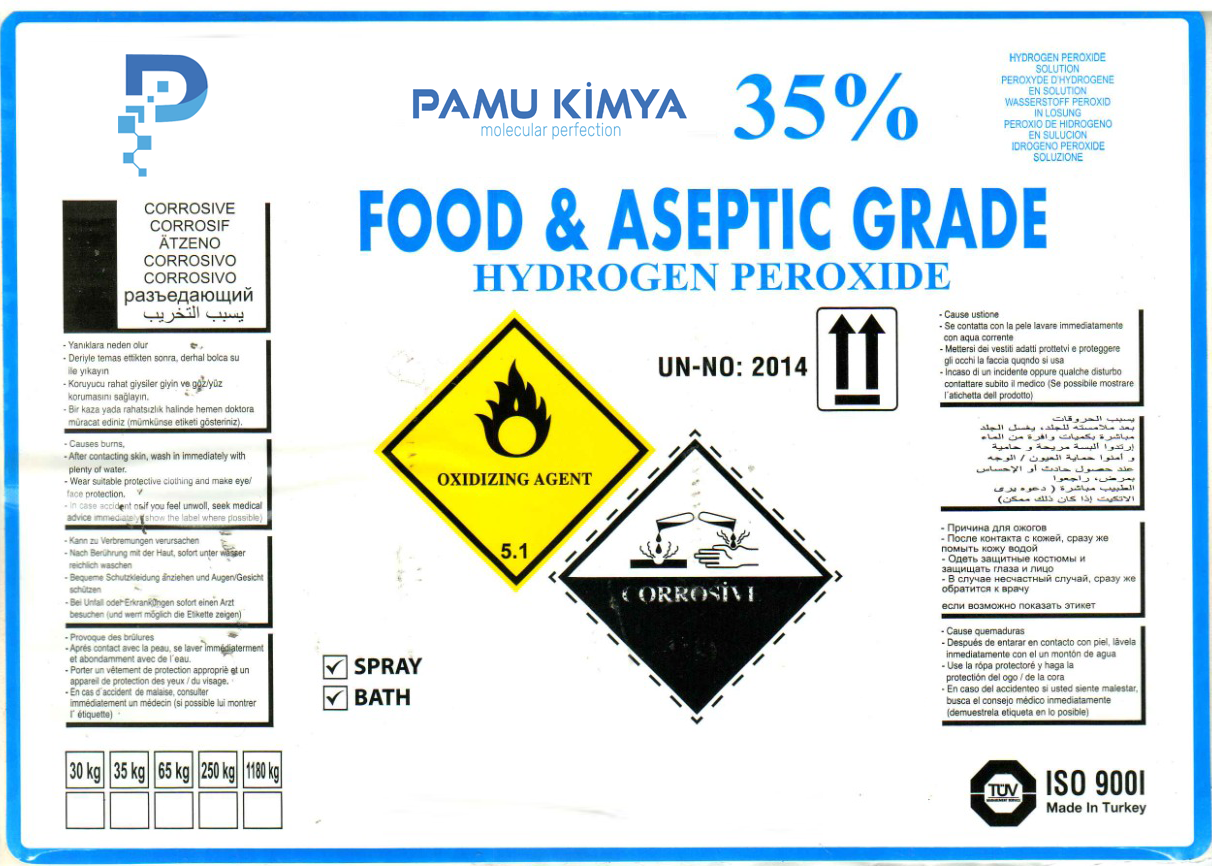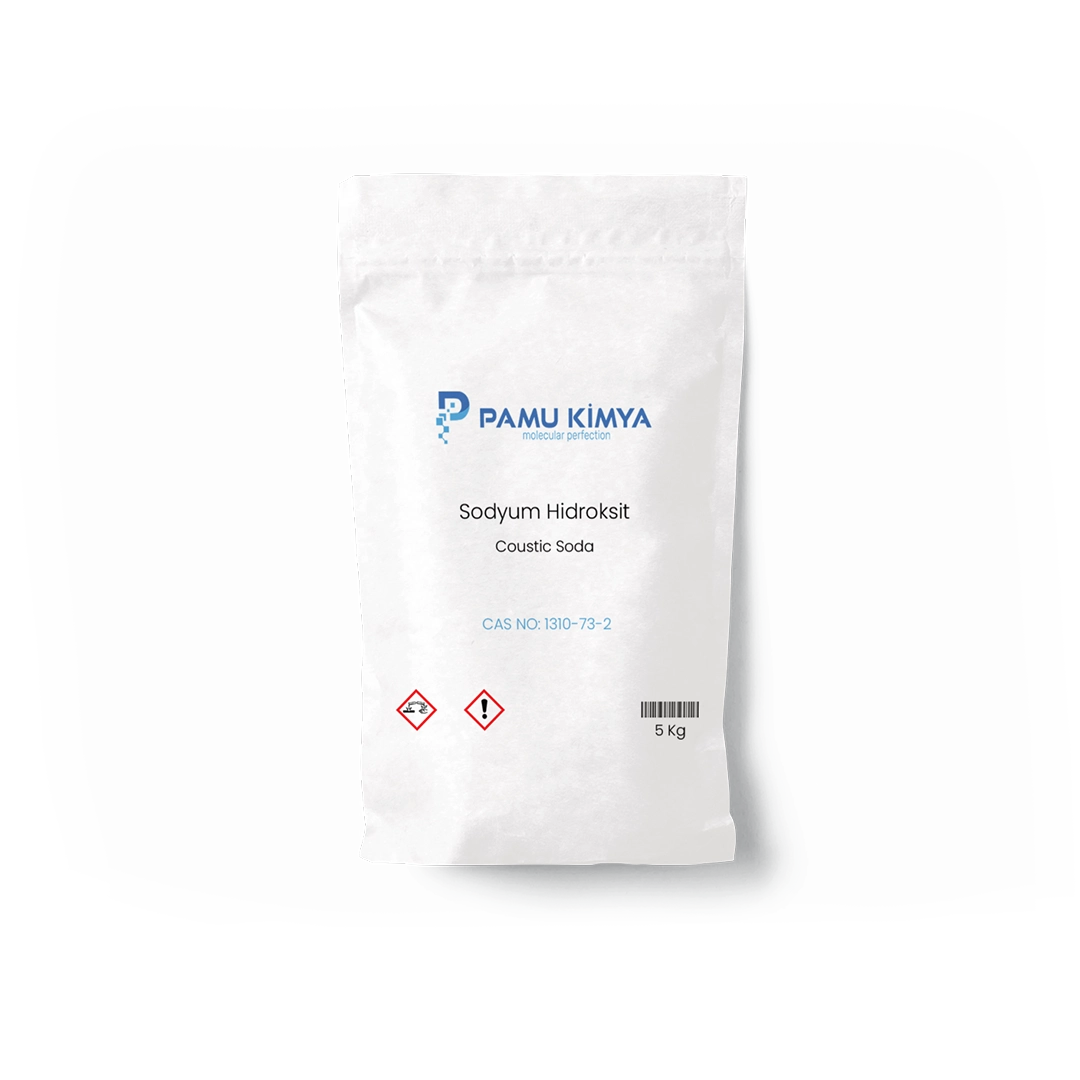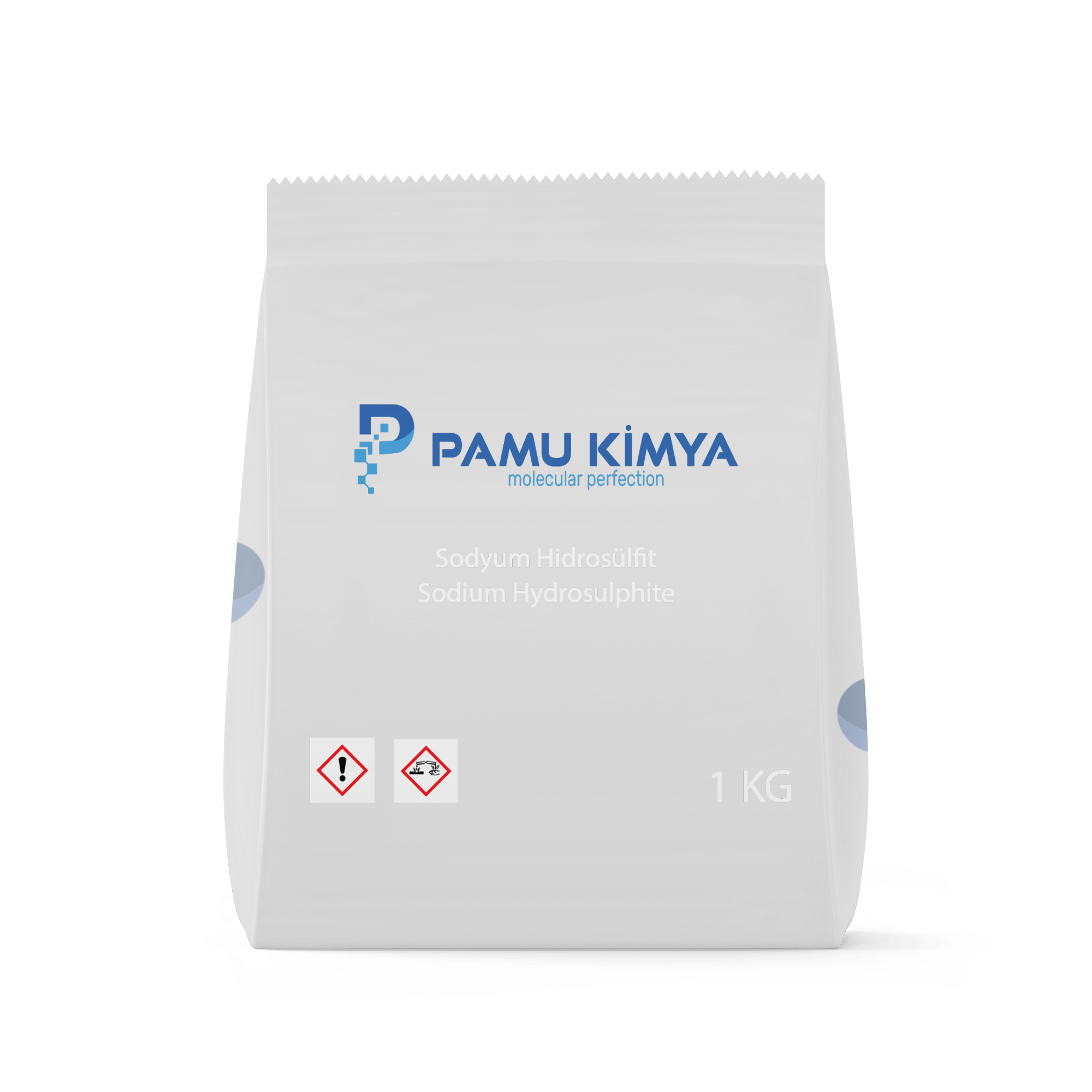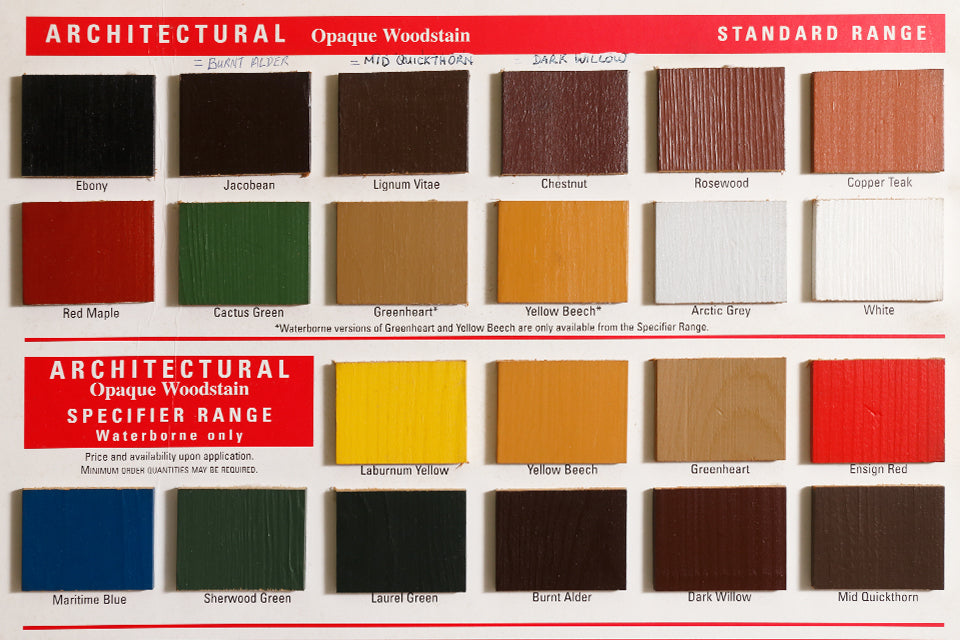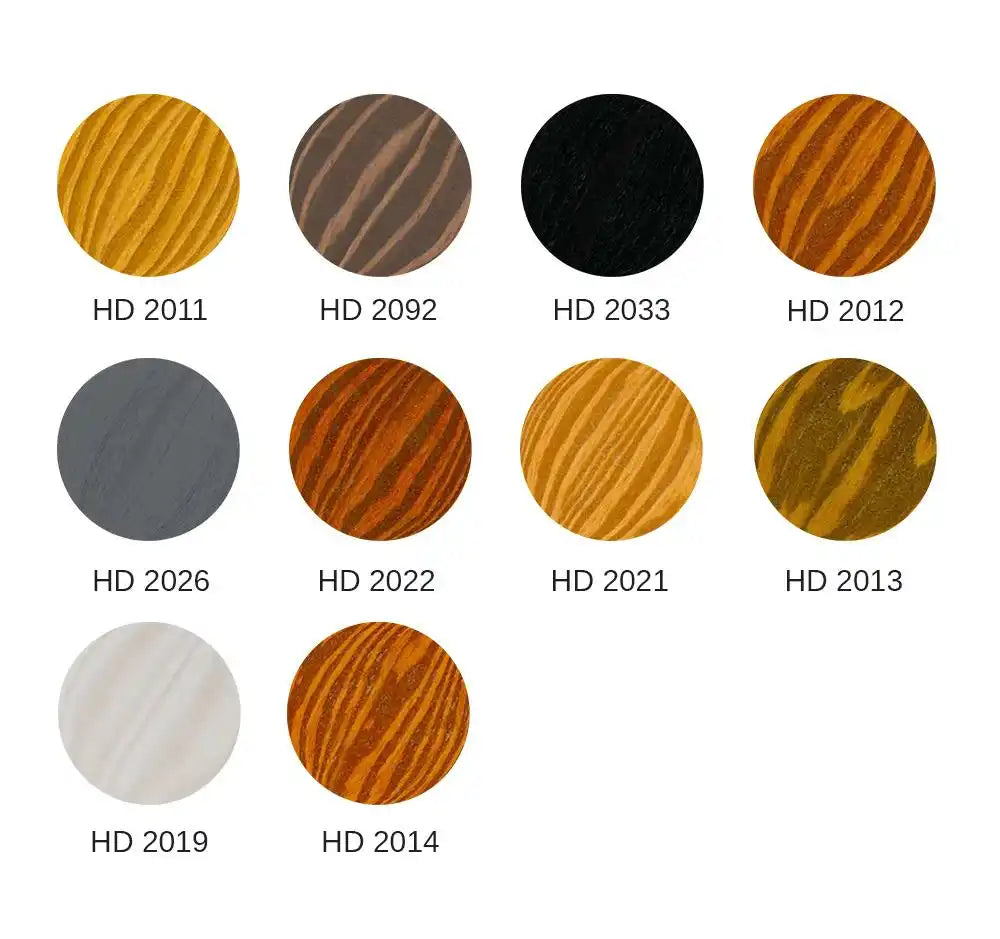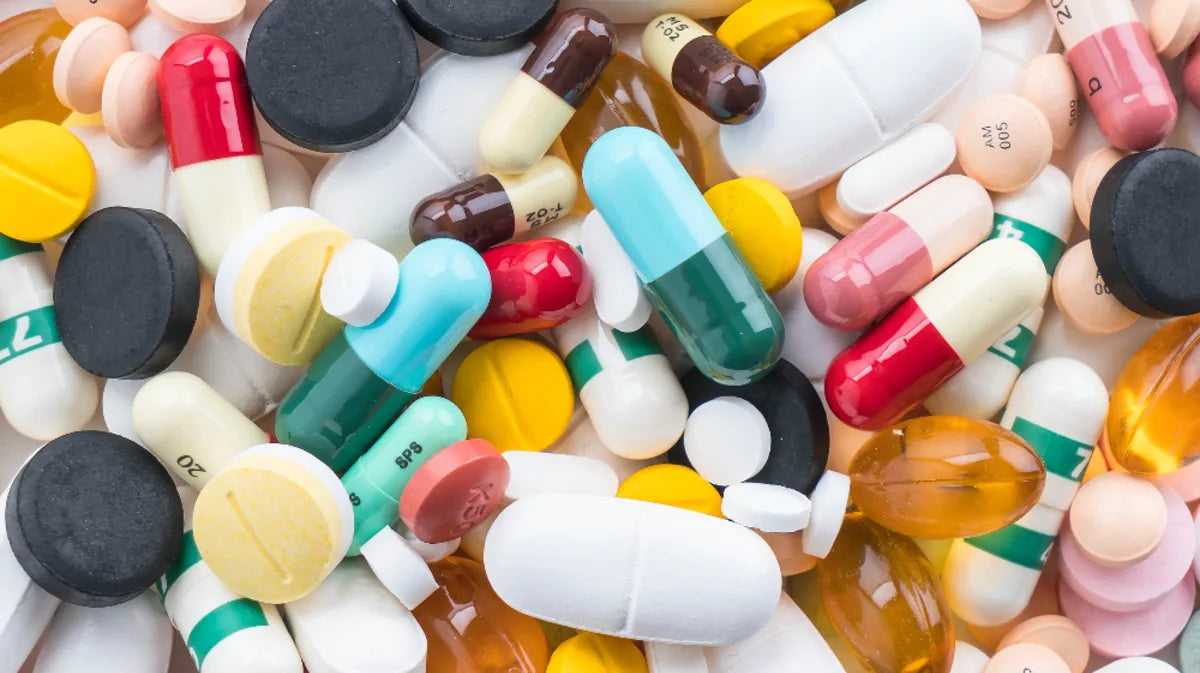
Chemistry of Drugs
Medicines have been used for thousands of years. The journey to the development of pharmaceutical substances currently on the pharmacy shelves was not easy and required hundreds of years of research. Currently, on the global pharmaceutical market we can find a wide variety of medicines, which allows the preparation to be adapted to the individual needs of the consumer. The science that focuses on pharmacologically active compounds is called medicinal chemistry.
The pharmaceutical industry is a branch of the economy that deals with the design, production and distribution of medicines. Technological advances, innovations in R&D and the increasing demand for pharmaceutical products and dietary supplements make pharmaceuticals one of the fastest growing market sectors. This sector has many restrictions regarding quality and legal requirements and therefore operates differently from other sectors. The global COVID-19 pandemic has severely affected many sectors. However, pharmaceutical companies are reporting only a slight decrease in profits for 2020 compared to the previous year. It is believed that 2021 should see an increase in sales of over-the-counter medicines, exceeding the achievements of 2019. The most popular pharmaceutical substances include cold and cough medicines. The number of medical substances exported to EU countries is also increasing. The largest buyers of therapeutic or prophylactic drugs are Germany, Russia, the Czech Republic and Great Britain.
One of the basic chemical raw materials used in pharmacy is chlorine . It is used as an intermediate for the synthesis of drugs. It can also be embedded in their molecules. There are different groups of drugs that can be produced using chlorine. These include diuretics, anesthetics, cardiological, psychotropic or antineoplastic drugs. Their chemical structures, therapeutic applications and mechanisms of action are diverse. Like chlorine, caustic soda and sodium caustic produced by PCC Group are raw materials used in pharmacy as intermediates in drug synthesis processes. PCC Group's offer also includes hydrochloric acid, produced in many different concentrations (from 28% to 37%). It is also available in various degrees of purity: from purified to synthetics used for the food industry, to pure high-grade hydrochloric acid. Its high purity makes it applicable in quite demanding processes such as the synthesis of chemical active ingredients of API drugs. Other products used in pharmacy are monochlorobenzene and orthodichlorobenzene, which are also raw materials used in the synthesis of drugs. Dedicated to the pharmaceutical industry, PCC Group products meet restrictive standards such as the European Pharmacopoeia, among others. They are manufactured in facilities covered by GMP (Good Manufacturing Practice) certification, ISO 9001, ISO 14001 and the OHSAS system. Thanks to the highest quality and cleanliness, the company supplies its products to the largest pharmaceutical companies in Poland and the world.
In addition to the above pharmaceutical ingredients, equally important for the pharmaceutical industry are chemical reagents used in qualitative and quantitative analysis. These tests allow the chemical composition and the content of individual components in pharmaceutical products to be expressed as a numerical value or percentage. They can also determine whether substances are adversely affected by physicochemical or biological factors (light, solution pH, temperature or enzymes). In qualitative analysis, the choice of chemical reagent is determined by the target element. In nitrogen content experiments, saturated solutions of iron (II) sulfate and diluted sulfuric acid are used. Sulfur can be detected using reactions with lead acetate or sodium nitroprusside. Silver nitrate (V) tests are used to detect halogens, while chlorinated water and chloroform are usually used to identify them. Qualitative analysis can include a variety of methods, including acid-base, precipitation, redoximetric, fluorometric, spectrophotometric and colorimetric titration. Most require chemical reagents necessary to conduct the titration process, such as potassium permanganate, iron(II) sulfate, and iodine or thiosulfate solutions.



